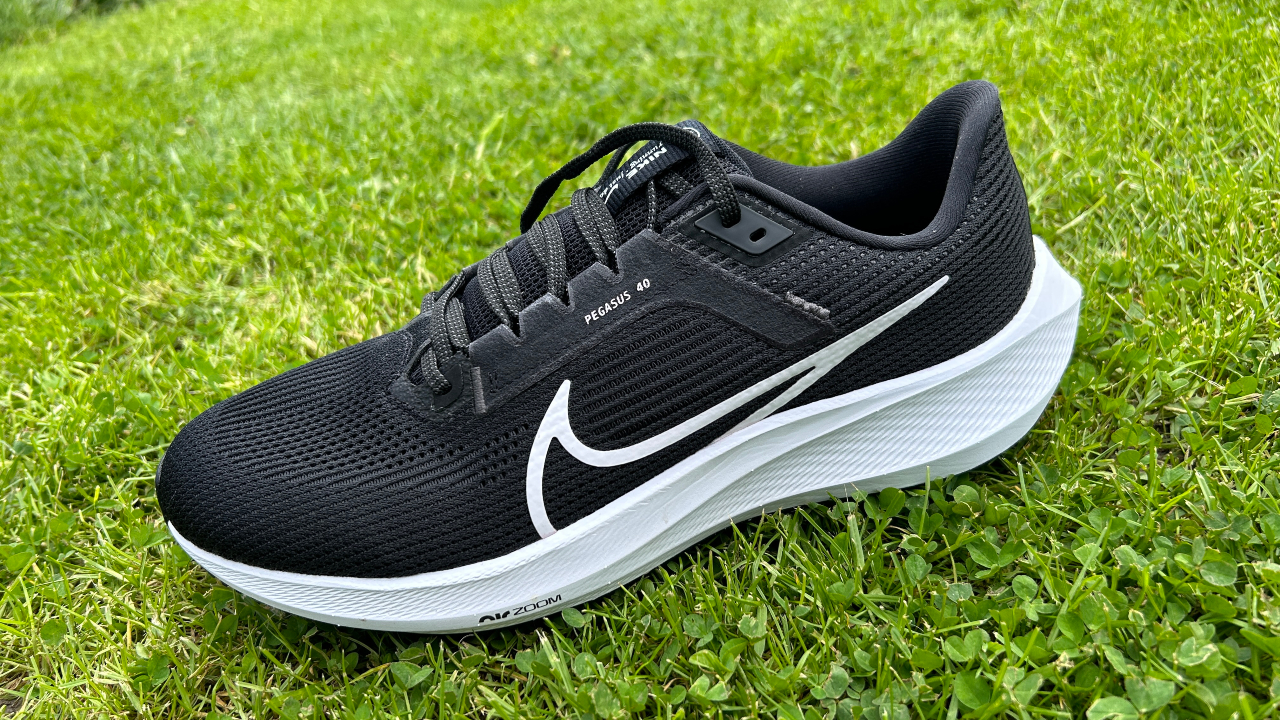
They say life begins at 40, but for most people it just carries on in largely the same way. You’re just a little more tired. With that in mind, greet the Nike Pegasus 40. It’s astonishing that the Pegasus line has reached its 40th version—that any shoe has such a long lineage, in fact—so to celebrate, Nike has made a shoe that’s similar to the Nike Pegasus 39!
That’s not such a terrible thing: the Pegasus 39 is one of the best running shoes available because of its comfort and versatility. However, because the Pegasus 40 is so similar to the Pegasus 39 except slightly more expensive and heavier, I’d pick up the previous version in a sale while it’s possible.
Nike Pegasus 40 Review: Price And Availability
The Nike Pegasus 40 launched in April 2023 and costs $130 in the US and £114.95 in the UK. That’s a small price increase on the Pegasus 39, which was $120/£109.95 at launch and is now often available in sales for less. Despite the rise, the Pegasus 40 is good value compared with the market at large—coming in cheaper than shoes like the Nike Invincible 3 ($180/£170).
Design And Fit
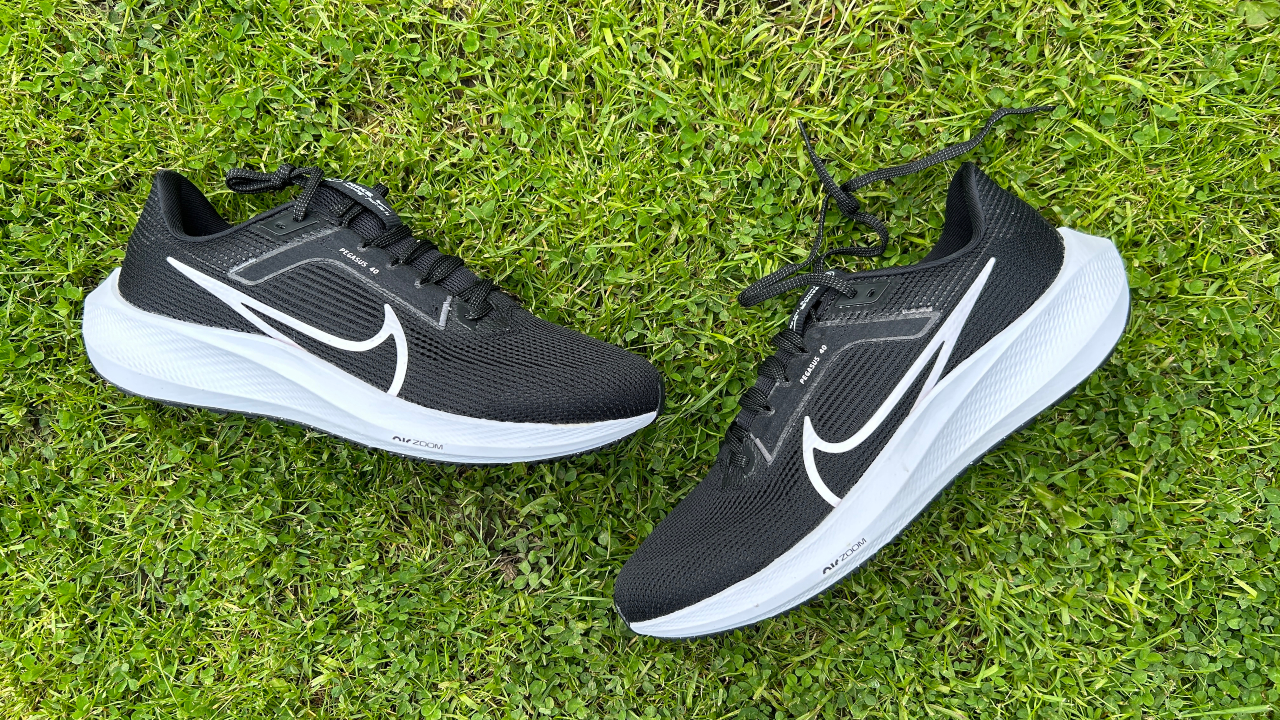
The Pegasus 40 mostly sticks to the design of the Pegasus 39. It has a durable React foam midsole with two Zoom cushioning units, one under the forefoot and one under the heel, to deliver a firm and stable ride.
The stack height of the Pegasus 40 is 33mm at the heel and 23mm at the forefoot for a 10mm drop. It’s well cushioned and comfortable, although not as stacked as some modern cushioned shoes like the Nike Invincible 3 and Asics Gel-Nimbus 25, which hit 40mm of cushioning at the heel.
There is rubber coverage on the outsole, which has a waffle tread pattern. The grip and durability of its outsole have been among the strong points of the Pegasus for several generations, and that remains the case with the Pegasus 40.
The changes Nike has made to the Pegasus 40 are in the upper, mainly in the midfoot where the fit has been altered to make the shoe more snug and secure—with the visible Flywire cables on the Pegasus 39 nowhere to be seen. The collar and tongue of the shoe are still well padded, and there is an internal heel counter to add stability.
I had no problems with the fit of the Pegasus 40, though I don’t find it to be an improvement. The shoe fits me well in my normal running shoe size across US, UK and EU sizes.
While the changes to the shoe are slight they have created a small weight gain. The Pegasus 40 is 10.3oz/292g in a US men’s size 10, whereas the Pegasus 39 weighs 9.8oz/279g in the same size.
Nike Pegasus 40 vs Nike Pegasus 39
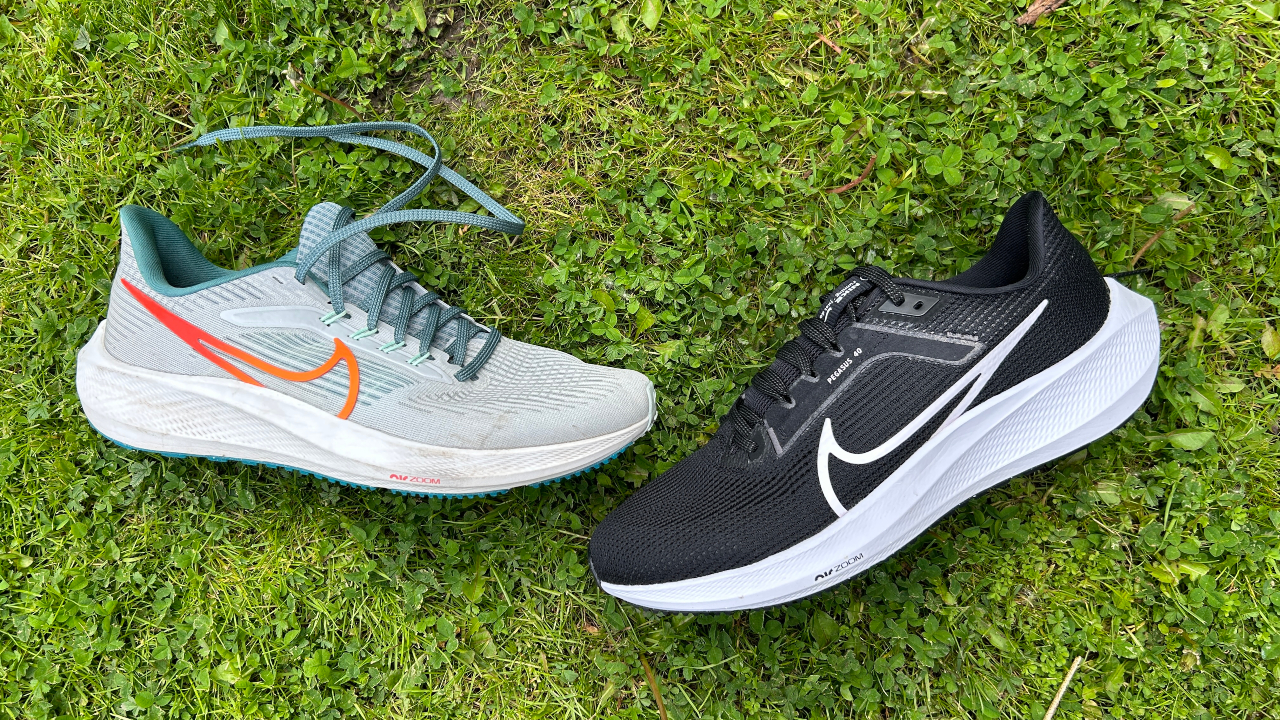
The latest version of the Pegasus is almost eerily similar to the Pegasus 39 on the run, largely because the midsole and outsole of the shoe are unchanged. You have the same React foam combined with two Zoom pods, and a thick rubber outsole that grips well and is durable.
Nike has made changes to the upper of the Pegasus 40 by using a midfoot band to create a snug fit, but for me these updates weren’t noticeable—and they have resulted in the Pegasus 40 being 0.6oz/13g heavier than the Pegasus 39 in my US size 10.
I’d opt for the older shoe while it’s still available, especially since its RRP is lower than the Pegasus 40’s, and the Pegasus 39 will now be discounted frequently so you’ll probably find it for less than $100/£100.
How I Tested This Shoe
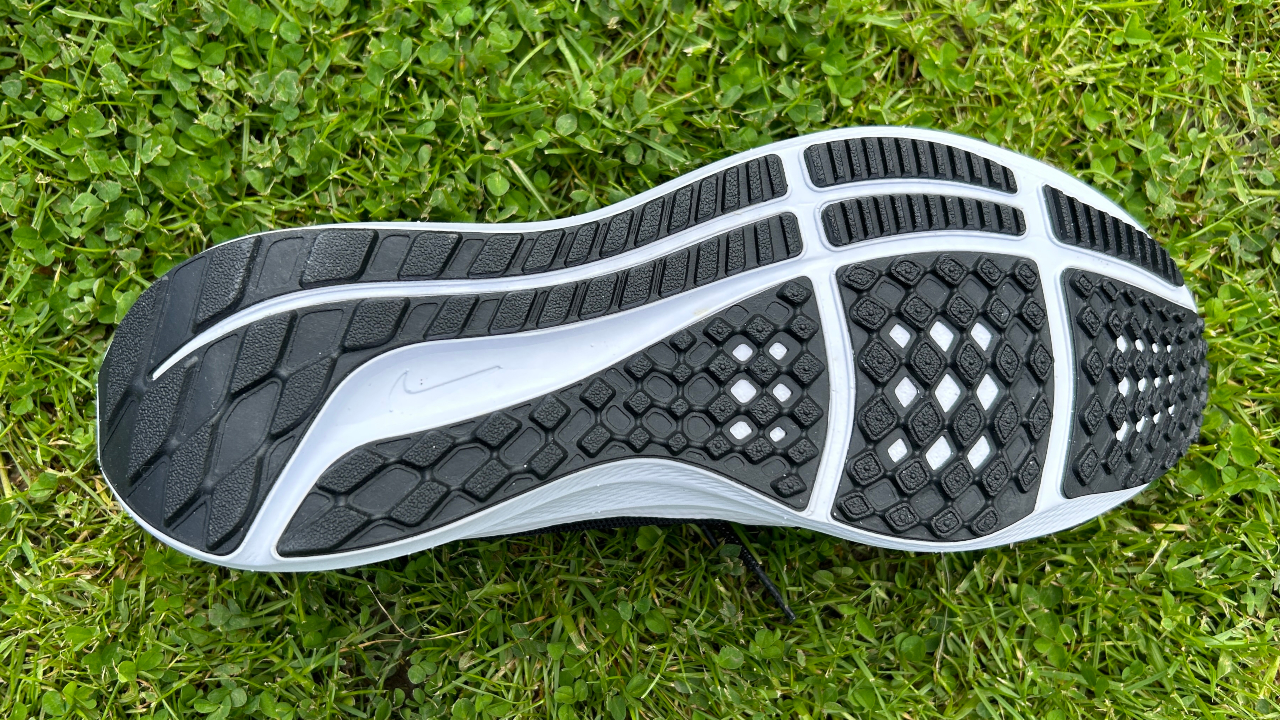
I’ve run 30 miles in the Pegasus 40, across four runs, mostly at an easy pace but with one tempo section during my longest run of around 10 miles. I have also tested several past versions of the Nike Pegasus line, including every edition from the Pegasus 35 onwards.
Running Performance
The Pegasus 40 is not the most exciting running shoe to pull on, but it is a reliable option that can handle a variety of runs. In part, its appeal comes from its simplicity, and I don’t believe that many runners will hate the shoe, even if they don’t fall in love with it either.
Nike added the Zoom units to the midsole to create more pop than you get from the React foam alone, but for the most part the shoe feels dull underfoot. It’s stable, transitions from heel to toe snappily and is comfortable for runs of any distance. Yet, the Pegasus doesn’t have the bouncy feel of shoes with more impressive midsole foams such as Nike’s own ZoomX material, or the smooth ride of a rockered shoe like the Saucony Endorphin Speed 3.
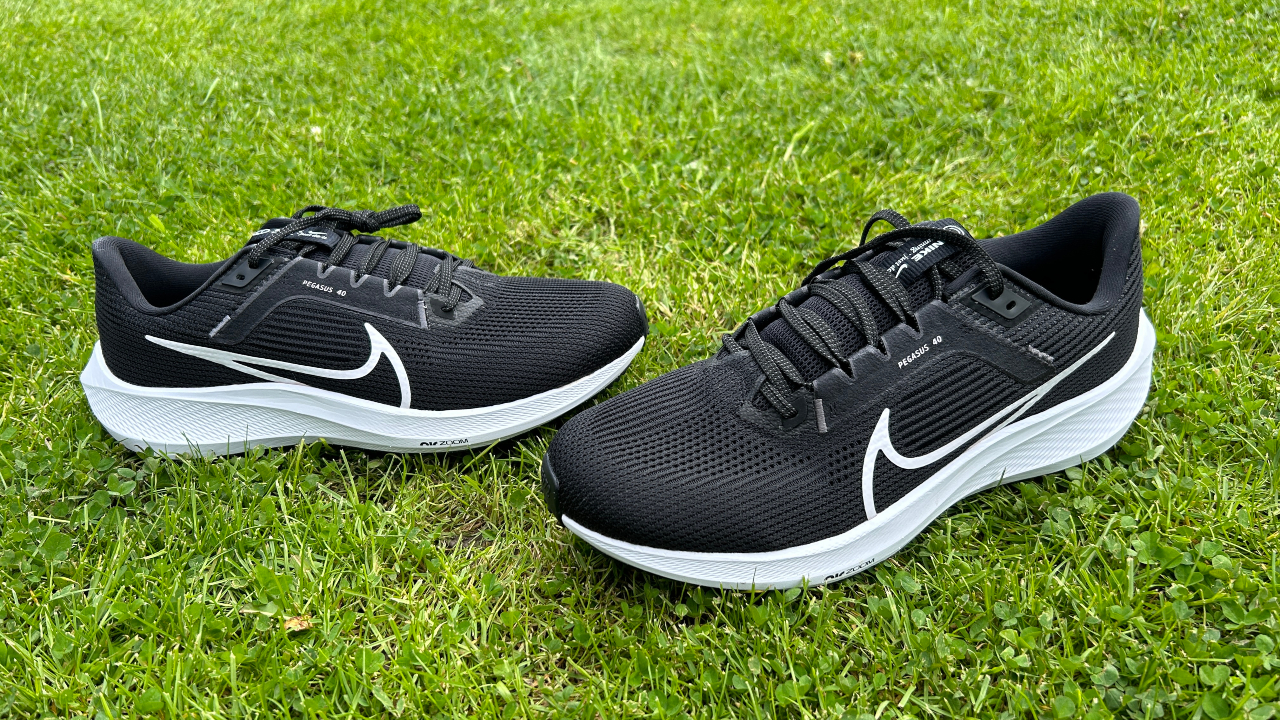
The midsole of the Pegasus 40 still has appeal as a balanced platform that isn’t intrusive and allows you to get on with pretty much any kind of run, but it feels dated. I found the Pegasus 40 best for easy runs, and though it’s OK at tempo pace it gives less back than shoes with bouncier midsoles or rockers. It was comfortable for me over long distances, though there is less cushioning than you get from max-stack shoes, especially under the forefoot.
An area where the Pegasus 40 excels is grip. It’s a shoe I’m happy taking on light trails as well as wet roads because of the reliable outsole. It’s also a durable shoe thanks to the thick outsole and hardy React foam midsole.
Is The Nike Pegasus 40 Worth It?
When the Nike Pegasus 39 is no longer available the Pegasus 40 will warrant attention as a durable daily trainer to suit most runners. Beginners and one-shoe runners will find it suitable for all their training, while those with a running shoe rotation will be getting something that works as a daily trainer or a cushioned shoe for easy runs. However, for now the better-value buy is the Pegasus 39, which is cheaper at RRP and often in sales, and delivers a similar experience.
I also prefer the Puma Velocity Nitro 2 as a comfortable, versatile option that costs less than the Pegasus 40. The Velocity Nitro is not as stable, but has an even better outsole and uses midsole foams that make it more comfortable for easy runs, and more effective for fast ones.
Another good alternative is the Reebok Floatride Energy 5, which is considerably cheaper than the Pegasus 40 and ideal for the same kind of runs. The Pegasus 40 is more comfortable and has a better outsole, but the Floatride Energy 5 is lighter and more suitable for speed sessions.







